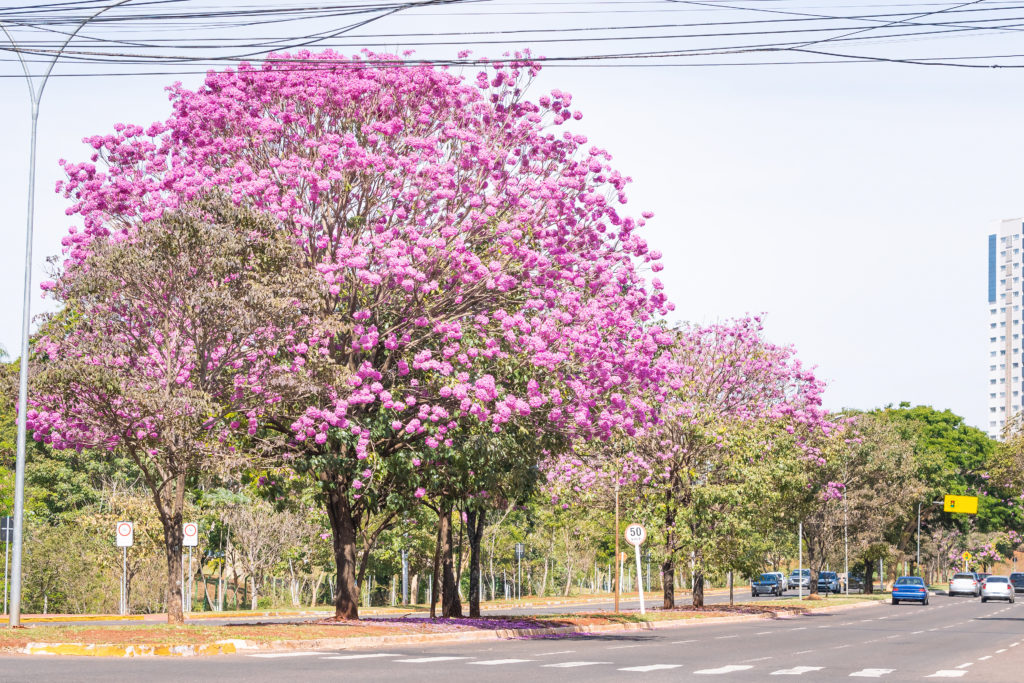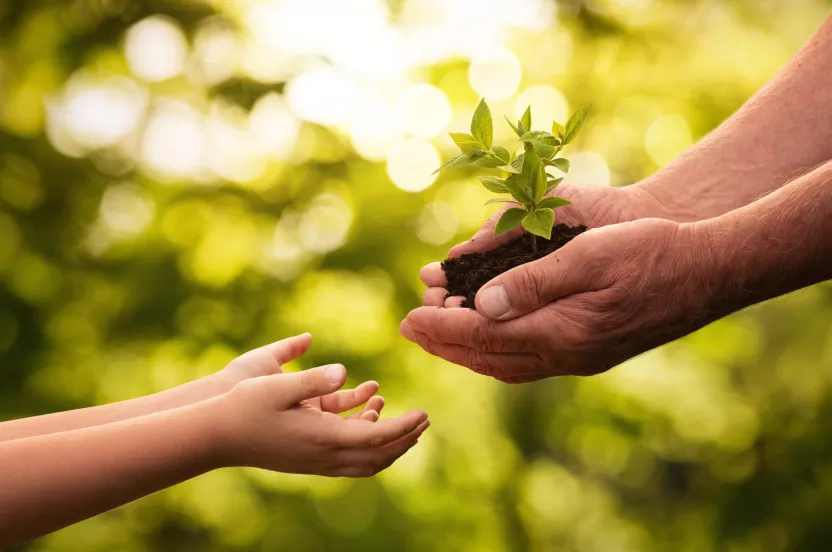Now live: The 2025 Canopy Report. Learn how Americans see trees. GET THE REPORT
As cities around the globe continue to expand their commitment to trees and share their experiences, we want to take an opportunity to feature these communities and their important work. The following is an interview with Gisseli Giraldelli, Biologist and Superintendent of Surveillance and Environmental Management of Campo Grande. Campo Grande is a recognized Tree City through the Arbor Day Foundation's Tree Cities of the World program.
What is the value of being part of the Tree Cities of the World network?
Being part of the Tree Cities of the World network is a very important achievement for Campo Grande and our city’s community as a whole. Campo Grande’s primacy is to be a biophilic city that values its biodiversity. In this regard, being part of the network helps us to keep motivated and working endlessly to maintain that status. The network provides us an opportunity to show to the world our case and all the benefits we got from those actions and, at the same time, to experience what other cities in the network do and, with that, optimize our actions.
What are you hoping to learn or gain from other cities that are recognised as Tree Cities of the World?
Being part of the network is a unique opportunity to learn other recognized cities’ projects or achievements to maintain or improve their afforestation and urban forests. The experience exchange can help us find solutions with more ease, thus making the other recognised Tree Cities an inspiration and reference for us.
Also Read: Go Big or Go Home — Tree Cities of the World Creates a Global Network
What are your goals and objectives for your city's trees?
We aim for a biophilic, biodiverse city that can work similarly to a biodiversity corridor. Thereby, the city will offer better life conditions to all its habitants, human or not. We see trees and urban forests as key elements, the most important in the process. We intend to recognize that with actions aimed at continuously protecting and recomposing our forest heritage.
How does your city celebrate its trees?
Annually we celebrate Tree Week, instituted by law in the year of 2005. In that week, several actions are developed in order to promote and engage the community, aiming to educate people about the importance of our trees. Lectures and forums are held; seedling plantings in schools, parks and green areas are promoted; seedlings are donated for garden or farm planting; and celebrations are held in honor of notable trees, among other actions. Since its creation, this annual event has become a tradition, promoting society mobilization and wide exposure of local press (newspapers, radio, and TV channels).
What advice you would give other cities who are not currently recognised?
I recommend that they try to meet the requirements and apply to become part of the Tree Cities of the World network, as we truly believe that with more recognised cities the world will be a better place for both present and future generations. We need more trees, and we need more forested cities!
What is the “tree culture” in your city? What do trees mean to you and your city?
In our city, the tree culture is something really important. We are proud to live in one of the more afforested cities in the country, we cherish our veteran trees, and we want to protect the existing forest and plant new ones and also restore our permanent preservation areas. Moreover, we need to disseminate the tree culture even more because they are our biggest providers of environmental services. We need to be grateful to our giants; they work endlessly and voluntarily to improve city landscapes and are key elements for us to have a fresher, better life quality.
What do you want the world to know about your city's trees and urban forestry programme?
Campo Grande developed an Urban Forestry Programme aimed at tree planting in order to protect watercourses and river sources; free areas, traffic islands, institutional areas and sidewalk afforesting; environmental education; protection for existing forests and seedlings productions.
Moreover, Campo Grande is a city full of wildlife, being granted with the title of national capital of Birdwatching Tourism. Thus, maintaining the city as a biodiversity corridor is also a commitment for the Urban Forestry Program, otherwise, we understand the city could potentially work as a physical barrier to current gene flow.
In this way, the programme aims to take advantage of beneficial environmental and landscape effects of afforestation, which contributes to the city’s atmospheric, noise and visual pollution control, promoting a better life quality for its habitants and, concomitantly, helping to maintain local biodiversity.
In 2021, the Urban Afforesting Master Plan will be revised, and we wish to improve our actions even more and enrich our Urban Forestry Program.





